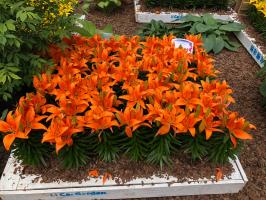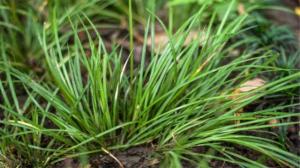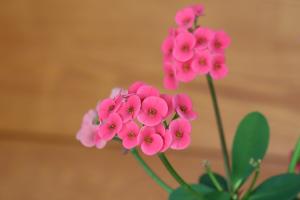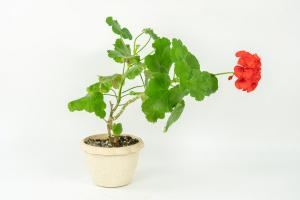A Parasitic Plant That Grows on an Apple Tree
Parasitic plants are fascinating organisms that derive their nutrition from other plants, often causing harm to the host. One such plant is known as the mistletoe, which thrives on apple trees as a primary host.
Appearance and Distribution
The mistletoe is characterized by its green, thick leaves and waxy, glossy berries that are white, pink, or red. It is found in various parts of the world, including North America, Europe, and Australia. In the United States, it is predominantly found in the eastern half of the country, particularly in the states bordering the Atlantic Ocean.
Life Cycle
The mistletoe has a complex life cycle that begins with a tiny seed that is spread by birds or other animals that eat its fruits. When the seed attaches itself to a host plant, it starts forming a parasitic connection with the host's branches, from where it draws nutrients and water. As the mistletoe grows and matures, it forms stems and leaves, which help it to photosynthesize, produce seeds, and spread further.
Effects on the Host Plant
The mistletoe can cause significant harm to its host plant, both directly and indirectly. Because the mistletoe is a parasitic plant, it takes away nutrients and water that the host needs to survive and grow. This can lead to stunted growth, poor fruit quality, and even death of the host plant. Additionally, the mistletoe can serve as a vector for various diseases, which can further weaken its host.
Uses and Symbolism
Despite its harmful effects on apple trees and other hosts, the mistletoe has been valued for its medicinal and cultural significance. Scientific studies have shown that certain species of mistletoe can be used in cancer treatments, while many cultures associate it with fertility, love, and protection. Perhaps its most well-known use is as a Christmas decoration, with the tradition of kissing under a hanging mistletoe believed to have originated in ancient Europe.
Control and Management
When it comes to managing mistletoe infestations in apple trees, there are limited options available. Pruning and removing affected branches is an effective way to control the spread of the parasite, but it may not eliminate the problem completely. Chemical treatments can also be used, although these can be harmful to the surrounding environment and require careful application. In agricultural settings, preventive measures such as planting resistant varieties or implementing tree-training techniques can reduce the risk of mistletoe infestations.
Conclusion
The mistletoe is a fascinating, albeit harmful, parasitic plant that grows on apple trees and other hosts. Although there are various ways to manage its growth and mitigate its effects, it remains a persistent threat to the health and productivity of orchards and other ecosystems.

 how many times do yo...
how many times do yo... how many planted tre...
how many planted tre... how many pine trees ...
how many pine trees ... how many pecan trees...
how many pecan trees... how many plants comp...
how many plants comp... how many plants can ...
how many plants can ... how many plants and ...
how many plants and ... how many pepper plan...
how many pepper plan...































